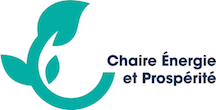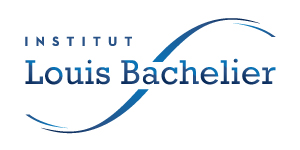Firms are facing strong pressure to align their strategies with global societal challenges (climate change, natural resource use, food, poverty, etc.) as a way to demonstrate their corporate social responsibility (CSR). CSR initiatives typically would be initiated at a small scale and then be expected to induce a change in mindset within business-as-usual activities. However, this so-called shared value approach has frequently encountered multiple barriers. This paper investigates a case in which, on paper, the green lights were everywhere: the company’s Access to Energy program combines CSR characteristics relevant to both climate change and bottom-of-the-pyramid (BOP) issues that are well in line with the core strategy of the firm. Yet after more than 10 years of existence, the program remains in a stalemate status. The responsibilities for access-to-energy activities are torn between having protected status within the Sustainable Development department and having to meet unachievable profit objectives set by Operations divisions. We identify three barriers: the firm’s complex organizational matrix, which complicated the internal diffusion of the program; the lack of incentives at all levels of organization to promote effective program evolution; and the difficulty in demonstrating a clear profitability case for the program. Lessons are drawn from this case on how to release these organizational brakes. The results provide new and interesting insights to explain the limited success of CSR activities as business opportunities. While most previous analysis focused on external barriers, only scarce literature exists on organizational barriers, even though the latter appear to be insidious.
Découvrez en ligne la dernière newsletter et inscrivez vous pour recevoir la prochaine
La crise climatique est source de risques financiers désormais reconnus comme porteurs d’incertitudes multiples, et susceptibles de détériorer l’équilibre du système comme celui de ses acteurs. Ce séminaire sera l’occasion d’aborder plusieurs questions stratégiques soulevées par les risques climatiques tant pour les banques que pour les autorités de tutelle.


